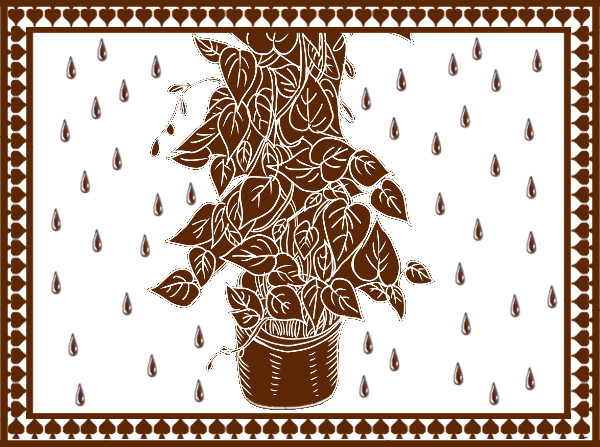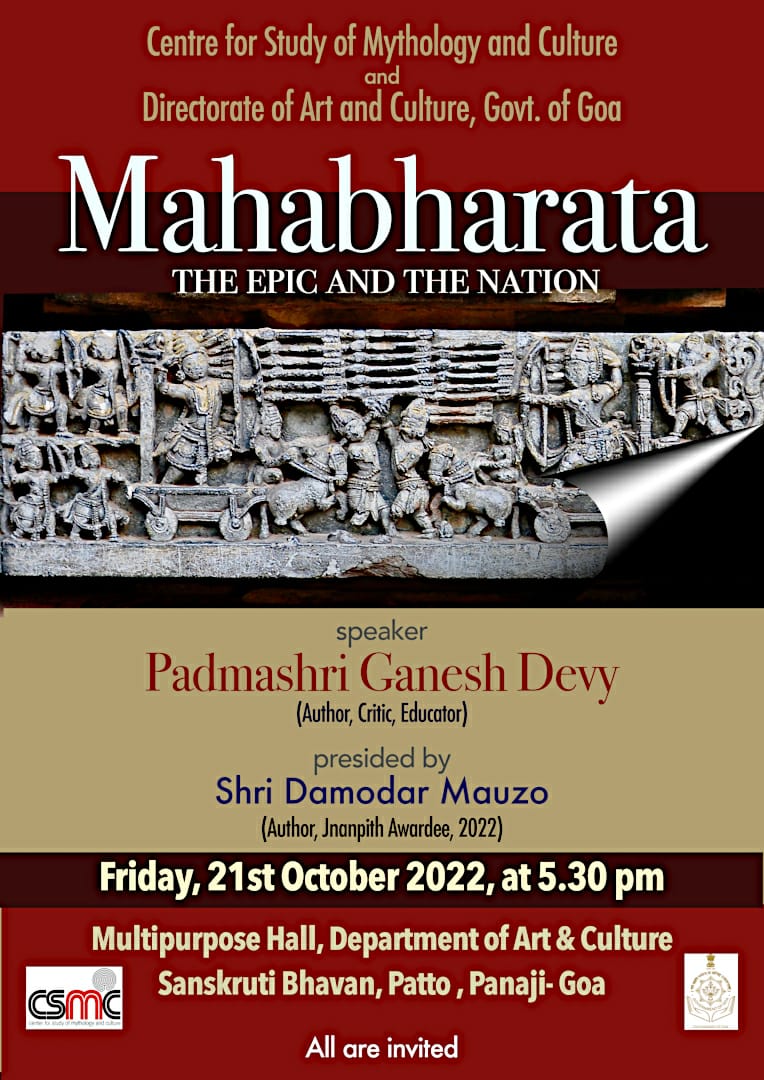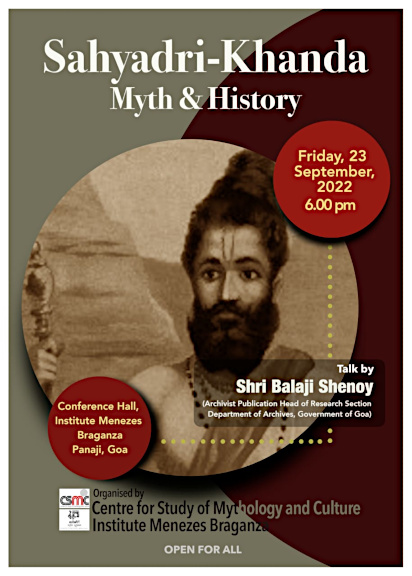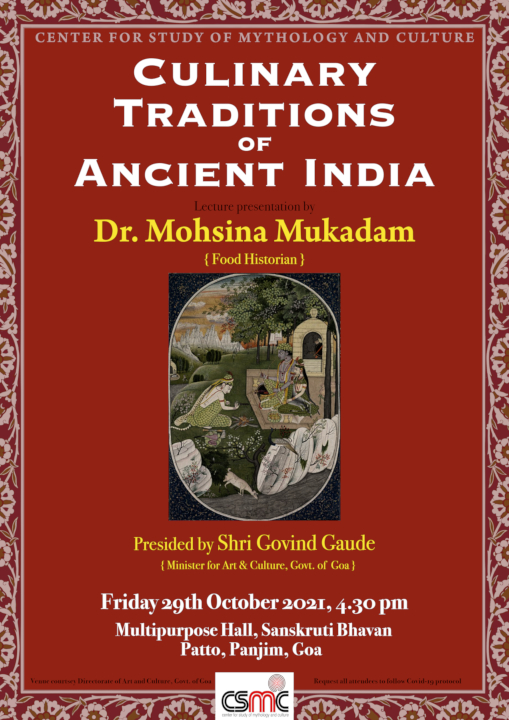
In Mumbai, one cannot miss the red splatter stains of betel quid where ever you look. The visuals of the blood-red ‘paan’ stains splattered over building corners, staircases, bus stops, railway subways etc not only create an unpleasant visual experience but also reminds us that this is definitely one such ‘Indian’ habit that does not fit within the urban environment.
However, paan or betel quid chewing has a very ancient history in India and gets its mention in Vedic and Puranic texts. There are some interesting narratives stating how betel leaf was discovered by the gods. Skanda Purana narrates that after Amrita-Manthan episode, Mohini having distributed Amrita among the gods realised that a few drops of Amrita or nectar were still left in the pot. Realising the importance and value of the nectar, she left the pot with Indra’s elephant Nagaraja for the safekeeping. As time passed a vine grew out of the pot. Some of the gods got curious, plucked a few leaves and tasted it. Lo! They got intoxicated. They immediately rushed over to Vishnu and reported the matter. Vishnu asked Dhanavantari, the physician of the gods to verify the fact. A few days later, Dhanavantari came out with his findings suggesting betel leaf has indeed pleasant intoxicating qualities. Having found this Vishnu began offering betel leaf to his important guests. Thus the custom of offering paan to guests was set up and is still followed in many regions in India.
A betel quid generally contains betel leaf (Piper betel), Areca nut and slaked lime (chuna/ calcium hydroxide) Katha paste (acacia catechu). When added with other substances, particularly spices, including cardamom, saffron, cloves, aniseed, fennel or sweeteners, and sometimes tobacco according to local preferences, it creates a red juicy fluid in the mouth that leaves a temporary red colour on the lips.
The custom of offering the betel quid is also prevalent in many south Asian countries like Indonesia, Sumatra , Malaya, Maldives, Nicobar South Arabia and Bhutan. In Bhutan the betel quid offering has special significance and is part of the official royal protocol to treat a dignitary. According to a Bhutanese travel guide, the custom of offering betel quid was started by the revered Bhutanese Buddhist Monk Guru Padmasambhava in 8th C. A.D. In ancient times Bhutan was land sorcery and witchcraft, and cannibalism was a common practice. In order to stop the bloodshed and killing, Guru Padmasambhava created the symbolic ritual of chewing betel. Today it is an important part of Bhutanese life where guests at a wedding or royal coronations and official foreign dignitaries etc. are first served a betel quid.
An offering of betel leaf to the gods is also an important ritual practice in India. According to a myth told in Mahabharata, it is said after the battle of Kurukshetra was over, Pandavas decided to perform Asvamedha yagnya. They needed betel leaf as part of ritual paraphernalia. They found out that betel leaf was available only in the Naga kingdom in the nether region ruled by the great naga, King Vasuki. Pandavas sent an emissary to the nether region with the request for a betel plant. After listening to the emissary’s request, Naga queen chopped off her little finger and handed it over to the emissary and asked him to bury it in the soil once back on earth.
Eventually, a creeper grew out of the buried little finger and became the betel leaf plant. Thus, when you chew on the leaf, a red juice comes out it, reminding us of the Naga queen’s sacrifice. The betel plant is also known as ‘Naga-vel’ or ‘serpent-vine’. In Konkan-Goa region betel leaf is part of all the various rituals performed to evoke auspicious beginnings.
—————————————
Story Collected by Vidya Kamat
Source: Jyoti Shetye and as told by a Bhutanese guide Jempel
Location: Pan India
Image Copyright: Vidya Kamat












Leave a Comment